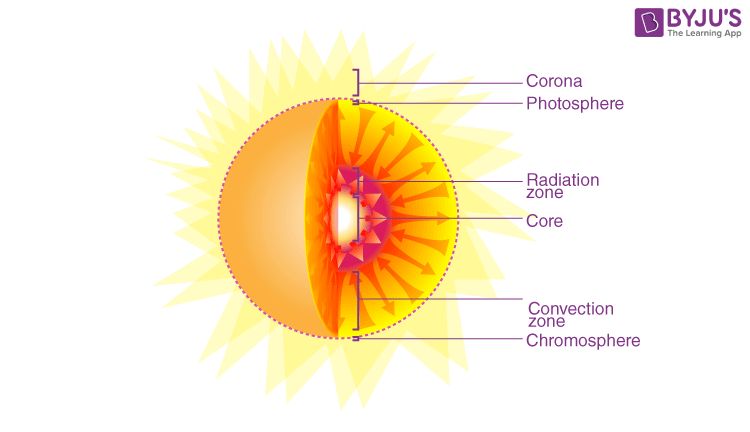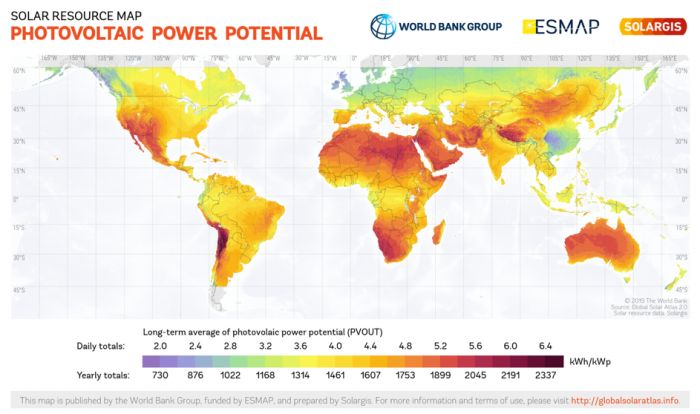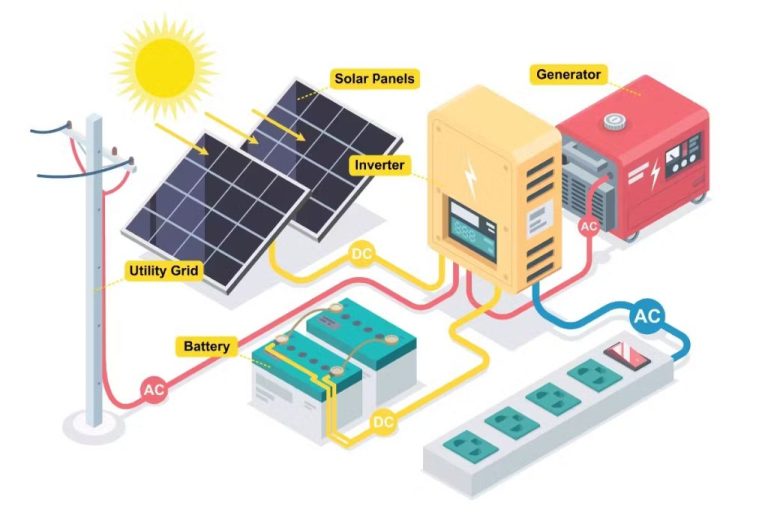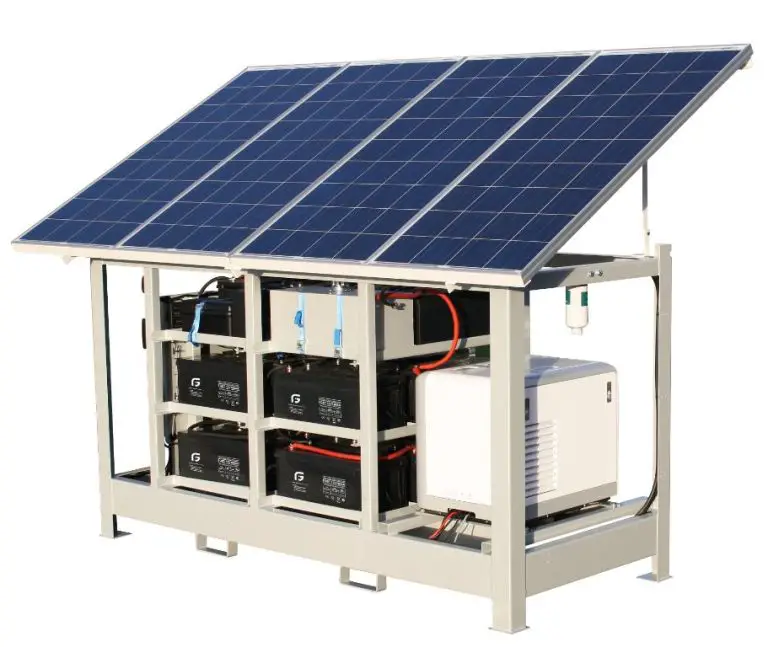What Is The Sun’S Energy Output Produced By?
The sun is the heart of our solar system and the source of nearly all the energy that drives life on Earth. At its core, nuclear fusion converts hydrogen into helium, releasing enormous amounts of energy in the process. This energy makes its way to the sun’s surface and radiates into space as heat and light.
The total amount of energy output by the sun is astronomical – about 3.8 x 10^26 watts per second. This energy output, known as the sun’s luminosity, originates from thermonuclear fusion reactions deep within the sun’s core. The rate of energy production depends on the sun’s mass and composition. By understanding how the sun produces its vast energy output, we gain insight into the nature of stars and the dynamic forces at work in our universe.
Nuclear Fusion

The sun produces energy through the process of nuclear fusion in its core. Nuclear fusion occurs when two hydrogen nuclei fuse together under extremely high temperatures and pressures to form a helium nucleus, releasing tremendous amounts of energy in the process.
The sun’s core has temperatures reaching 15 million degrees Celsius. At these extreme temperatures, hydrogen atoms move fast enough to overcome their mutual repulsion and fuse together. Four hydrogen protons combine to form one helium nucleus, releasing two positrons, two neutrinos, and energy in the form of gamma rays.
The positrons quickly encounter electrons, annihilating each other and producing more gamma rays. The gamma rays bounce around, gradually losing energy as they make their way upward through the different layers of the sun. This process converts the high-energy gamma rays into lower energy photons, mostly in the visible light spectrum.
This nuclear fusion process releases energy according to Einstein’s equation, E=mc2. Even though the mass loss in each fusion reaction is tiny, the cumulative effect over the sun’s lifetime has been enormous. Nuclear fusion in the sun’s core produces its tremendous power output.
Hydrogen and Helium
The sun is composed primarily of hydrogen (about 74% of its mass) and helium (about 24% of its mass). This is a result of the solar nebula from which the sun originally formed. The vast majority of the hydrogen and helium came from the primordial cloud of gas and dust that gave birth to the solar system billions of years ago.
In the intense pressure and heat of the sun’s core, nuclear fusion converts hydrogen into helium, releasing enormous amounts of energy in the process. This nuclear fusion is the source of the sun’s power. As hydrogen is fused into helium, the sun’s composition very slowly changes over time, with the core becoming more concentrated with helium.
Core Temperature
The sun has an extremely high core temperature of about 15 million degrees Celsius. This intense heat is required to generate the nuclear fusion reactions that power the sun. Fusion occurs when hydrogen atoms combine under immense pressure and temperature to form helium. This process releases enormous amounts of energy in the form of gamma rays.
The core needs to be hot enough to overcome the repulsion between positively charged hydrogen nuclei. Only at temperatures over 10 million degrees Celsius can the protons have enough kinetic energy to overcome their electrostatic force of repulsion and fuse. The sun’s massive gravitational force compresses the core enough to reach these extreme temperatures.
Radiative Zone
The radiative zone is the region that extends from the core up to about 70% of the sun’s radius. In this zone, the plasma is much cooler and denser than in the core. The energy generated by fusion in the core is transported outward to the surface primarily through radiation. High energy photons interact with ions in the plasma, transferring energy through repeated absorption and re-emission. Each photon takes about 170,000 years to travel through the radiative zone before reaching the outer layers of the sun.
The temperature drops from millions of degrees in the core to about 2 million degrees at the upper boundary of the radiative zone. At these extreme temperatures, atoms are completely ionized into nuclei and electrons. The high density of ions enables the radiative transfer of energy photons. This zone acts like a radiation belt, trapping photons, which maintains the high temperature gradient needed for sustained energy flow.
Convective Zone
The outermost layer of the sun’s interior is called the convective zone. In this region, heat from the core is transported outward by convection currents rather than radiation. Hot gases near the bottom of the convective zone become less dense and rise toward the surface. As they move outward and cool, the gases become denser and sink back down, creating convection cells that transport heat.
The convective zone extends from the surface down to about 200,000 km below the photosphere. Here the temperature drops to about 2 million Kelvin, low enough for ionized hydrogen and helium to recombine into atoms and become efficient convective agents. This churning motion of hot gases drives the heat engine that creates the sun’s luminous visible surface.
Sunspots
Sunspots are areas on the Sun’s surface that appear darker than the surrounding areas. They are caused by concentrations of magnetic field flux that inhibit convection and result in lower surface temperatures.
The number of sunspots present on the Sun follows a roughly 11-year cycle. When the Sun is very active, there can be many sunspots, but when the Sun is quiet, there can be very few or even no sunspots.
Sunspots tend to reduce the amount of energy output from the Sun. This is because the strong magnetic fields associated with sunspots partially block the heat transfer from the hot solar interior to the surface. Therefore, when there are many sunspots, the Sun’s energy output is slightly reduced.
Over the course of a typical 11-year solar cycle, the effect of sunspots can vary the Sun’s total irradiance by about 0.1%. This cyclical variation affects Earth’s climate and space weather conditions.
Solar Irradiance
Solar irradiance refers to the amount of solar energy received at the top of the Earth’s atmosphere per unit time and area. The total solar irradiance, which is measured in watts per square meter, varies over different timescales due to changes in solar activity.
The main variation in solar irradiance occurs over an approximately 11-year cycle, which corresponds to the solar magnetic activity cycle. When solar activity is high, characterized by many sunspots, irradiance is also at its highest. During periods of low solar activity and fewer sunspots, irradiance is lower. These fluctuations occur on the order of about 0.1% over a solar cycle.
In addition to the 11-year cycle, solar irradiance also varies on shorter timescales. Irradiance fluctuations can occur over periods of days to weeks due to solar rotations and the evolution of active regions on the Sun. There are also moment-to-moment irradiance variations corresponding to oscillations and eruptions of solar material.
Longer-term variations in irradiance have also been measured over many cycles. There is evidence that irradiance was lower during the 17th century Maunder Minimum when there was a prolonged sunspot minimum. Some climate variations such as the Little Ice Age in Europe have been linked to extended periods of reduced solar activity and lower irradiance.
Solar Cycles
The Sun goes through natural cycles of solar activity that last approximately 11 years from minimum to minimum. During this 11-year solar cycle, the Sun transitions from periods of low activity and few sunspots to periods of high activity and many sunspots.
At the minimum point in the solar cycle, the Sun has very little sunspot activity. As the cycle progresses, sunspots begin to emerge at mid solar latitudes and slowly increase in number. At the peak of the solar cycle, called solar maximum, sunspots are plentiful and concentrated at low solar latitudes. After the peak, sunspot activity declines and reaches a minimum level again, completing an 11-year solar cycle.
These 11-year cycles of high and low solar activity have important consequences for space weather. During solar maximum, an increased amount of solar flares and coronal mass ejections occur on the Sun. This can lead to more frequent geomagnetic storms when these solar events impact the Earth’s magnetic field. The 11-year solar cycle is driven by changes inside the Sun as the magnetic field structures that produce sunspots are generated and destroyed over time.
Conclusion
In summary, the sun’s enormous energy output is produced by nuclear fusion reactions occurring in its core. Hydrogen nuclei fuse into helium, releasing tremendous amounts of energy in the process. The core’s extremely high temperature, around 15 million degrees Celsius, provides the conditions needed for fusion. From the core, energy slowly radiates outward through the radiative zone, taking about 170,000 years to reach the surface. In the outer convective zone, heat transfer occurs more rapidly via convection currents. Though the sun produces energy steadily overall, fluctuations in magnetic activity known as sunspots follow roughly 11-year cycles, leading to slight variations in solar irradiance. By understanding the nuclear processes powering our nearest star, we gain insight into the inner workings of stars across the universe.







